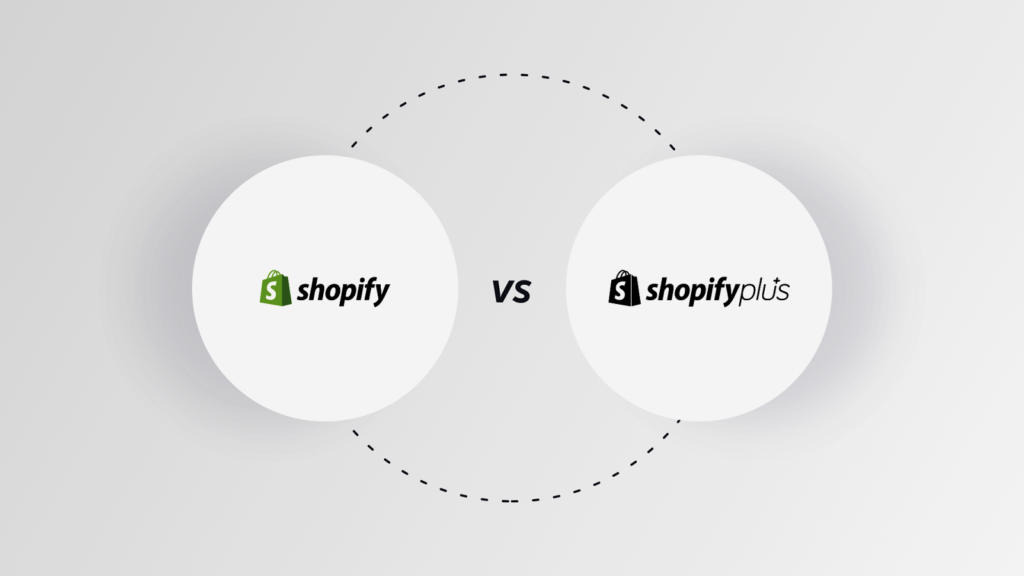Distributed Order Management System
Today’s pandemic-fatigued consumers aren’t just looking for responsive interactions but adaptive ones; interactions, that adapt to their shifting preferences as well as align with fluctuating socioeconomic trends. They want products and associated content to be delivered to them in a quick, seamless, and consistent manner – irrespective of the device they’re using, the channel they’re on, or the stage or touchpoint in the purchasing journey. The only way retailers can meet these expectations is by enabling omnichannel integration, which is impossible with adopting distributed order management systems.
Omnichannel integration is quickly becoming a fundamental necessity
Having been content with channel silos over the years, many retailers are appallingly under-prepared for the modern, post-COVID retail world. The lack of future-proof, enterprise-wide integrations not only impact business performance; they also tend to cause consumer dissatisfaction and resentment – especially in an era where their preferences are constantly shifting. To overcome these challenges, omnichannel integration is quickly becoming a fundamental necessity of every modern retailer’s business strategy. Such integration allows retailers to architect, integrate, and automate processes and workflows and achieve a unified view of data in real-time across their entire business spectrum.
Distributed order management system
Simultaneously, it also enables them to fulfill and process orders in the right manner, at the right place, and at the right time – thus optimizing their inventory, increasing returns, and minimizing the chances of lost sales. Since retailers can have better visibility across their warehouses, stores, suppliers, and logistic partners, they can more efficiently receive, transfer, and return inventory across channels. They can also enable advanced analytics to arrive at a better business logic to allocate and replenish inventory across channels and use hard data to streamline customer transactions and interactions.
Distributed order management systems enable seamless omnichannel integration
The global crisis caused an eCommerce boom like never before. As consumers started purchasing everything from groceries to apparel, online – the retail industry found itself struggling to keep up with product and delivery demands. Although online shopping was the safe, and for a long time, the only way to purchase goods and services, supply chain inefficiencies due to poor integration quickly translated into subpar order management and fulfillment – causing consumers to experience several irregularities across the purchasing journey.
Having a distributed order management system at the heart of the supply chain is a great way for recovery-focused retailers to streamline the order management and fulfillment process, and ensure orders are delivered on time. Not only do they provide real-time visibility into stock levels; they also minimize the risks associated with routing and deliveries. Here are 3 ways in which distributed management systems enable seamless omnichannel integration:
1. Achieve end-to-end visibility
A distributed order management system offers retailers a comprehensive view and much-needed visibility into the supply chain. Such visibility can enable retailers to optimize inventory levels, get a real-time view of orders being processed, and send out products from a store or warehouse that is closest to the customer – saving on freight costs while ensuring products reach customers in the quickest possible time.
2. Detect and fix bottlenecks in time
A distributed order management system also allows retailers to detect and correct bottlenecks in time. By unifying disparate sales channels and the systems they use, the system provides a comprehensive and not a skewed view of activities across the supply chain, making inventory sourcing much easier to accomplish. Retailers can identify and rectify issues in individual stores or warehouses – without having to juggle between multiple systems – while eliminating out-of-stock situations.
3. Optimize supply chain costs
Another benefit distributed order management systems offer to retailers in the post-pandemic world is the ability to optimize supply chain costs. Since workflows are more clearly defined, retailers cut down on costs that arise due to excessive back and forth communication, inconsistencies in deliveries, and manual tracking of orders. By connecting all providers and partners in a centralized hub, retailers can handle all aspects of order fulfillment in a quick, efficient, and seamless manner.
Beyond Marketing and Sales – The Enterprise-Wide Potential of Embracing Customer Analytics
The pandemic presented some tough challenges for the retail industry. While some retailers were forced to shut shop, many others experienced a surge in the number of orders, exacerbating customer complaints around delays. No matter what category you were in your post-pandemic business strategy should focus on enabling omnichannel integration via the adoption of a distributed order management system. Since these systems streamline the order fulfillment and management process, they are a vital link between your customers and your brand.
Implement a distributed order management system today to achieve end-to-end visibility into the supply chain, detect and correct bottlenecks in time, and optimize supply chain costs to turbocharge your post-pandemic growth strategy.








